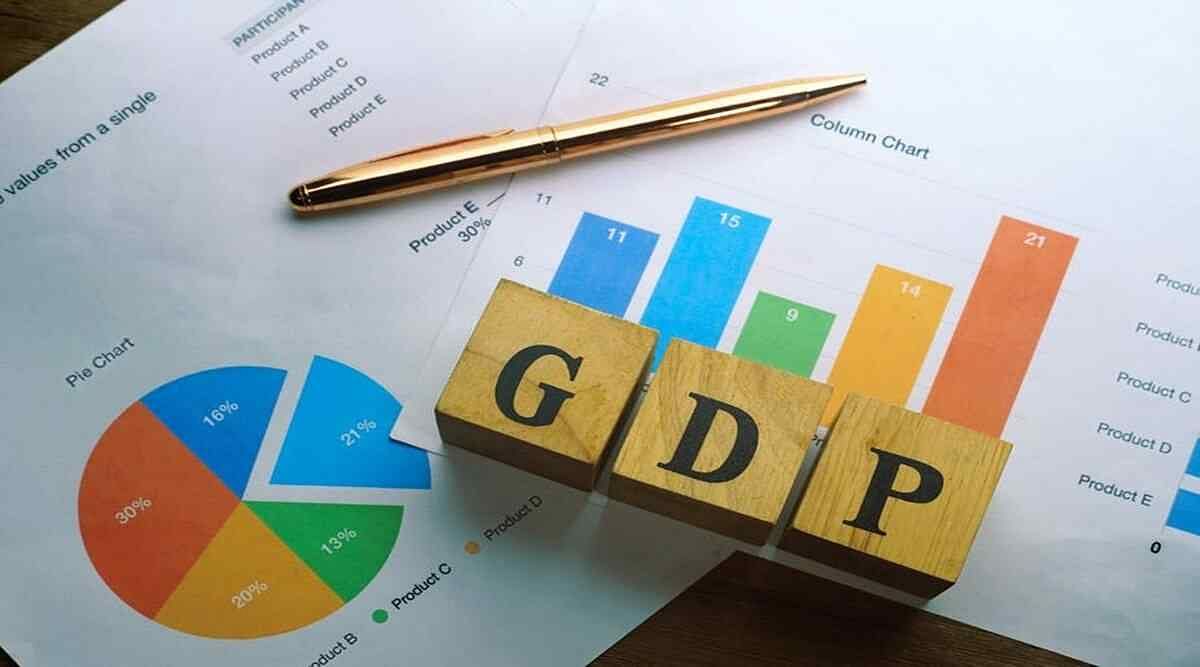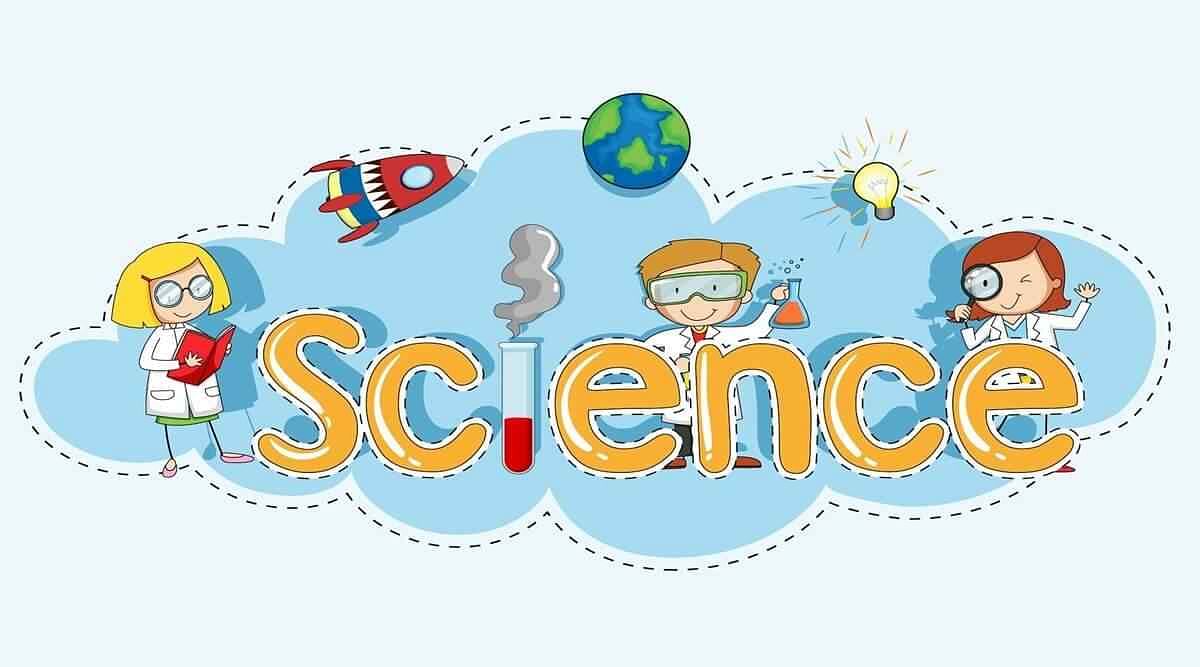The CBSE Class 11 Economics Syllabus 2024-25 includes concepts on statistical tools, consumer equilibrium and demand. Students must refer to the syllabus while preparing for the exams to ensure maximum marks in the board exams.
Table of Contents
CBSE Class 11 Economics Syllabus 2024-25 consists of two parts, A and B. Chapters for study include Statistical tools and interpretation, consumer's equilibrium and demand, forms of market and more.
Further, students must take the Part C bit as Project work, which includes 20 marks. Students must refer to the CBSE Class 11 Economics 2024-25 Syllabus to understand the types of questions asked, exam pattern, and marking scheme.
CBSE Class 11 Economics Syllabus 2024-25 PDF
The CBSE Class 11 Economics Syllabus 2024-25 is divided into Parts A, B, and C. Part A deals with the statistical tools commonly used in Economics; part B focuses on critical knowledge of supply and demand, cost and revenue, and market structures whereas part C consists of project work that engages students in applying the concepts.
Students can download the complete syllabus from the link below. It includes detailed descriptions of topics under the CBSE Class 11 Economics Syllabus 2024-25.
| Particulars | PDF Link |
| CBSE Class 11 Economics Syllabus 2024-25 | Download PDF Here |
Also check: CBSE Class 11 Syllabus 2024-25
Detailed CBSE Class 11 Economics Syllabus 2024-25
Students must look into the academic curriculum of the subject so that they are aware of what concepts and topics will be taught in class. Below, a list of the units and topics from the CBSE Class 11 Economics Syllabus 2024-25 is provided for the candidate's reference.
Part A: Statistics for Economics
In this course, the learners are expected to systematically acquire skills in collecting, organizing, and presenting quantitative and qualitative information about various simple economic aspects.
It also intends to provide some basic statistical tools to analyze and interpret any economic information and draw appropriate inferences. In this process, the learners are also expected to understand the behaviour of various economic data.
Unit 1: Introduction
- What is Economics?
- Meaning, scope, function and importance of statistics in Economics
Unit 2: Collection, Organisation and Presentation of data
-
Collection of data - sources of data - primary and secondary; how basic data is collected with concepts of sampling; collecting data; some important sources of secondary data: Census of India and National Sample Survey Organisation.
-
Organization of Data: Meaning and type of variables; Frequency Distribution.
-
Presentation of Data: Tabular Presentation and Diagrammatic Presentation of Data:
- Geometric forms (bar diagrams and pie diagrams),
- Frequency diagrams (histogram, polygon, and Ogive) and
- Arithmetic line graphs (time series graph).
Unit 3: Statistical Tools and Interpretation
- The appropriate economic interpretation may be attempted for all the numerical problems and solutions. This means the students need to solve the problems and interpret the results derived.
- Measures of Central Tendency - Arithmetic mean, median and mode.
- Measures of Dispersion - absolute dispersion (range, quartile deviation, mean deviation and standard deviation); relative dispersion (co-efficient of range, co-efficient of quartile-deviation, co-efficient of mean deviation, coefficient of variation).
- Correlation – meaning and properties, scatter diagram; Measures of correlation - Karl Pearson's method (two variables ungrouped data) Spearman's rank correlation.
- Introduction to Index Numbers - meaning, type - wholesale price index, consumer price index, index of industrial production, use of index numbers; inflation and index numbers.
Part B: Introductory Microeconomics
Unit 4: Introduction
- Meaning of microeconomics and macroeconomics: positive and normative economics
- What is an economy? Central problems of an economy: what, how and for whom to produce; production possibility frontier and opportunity cost concepts.
Unit 5: Consumer Equilibrium and Demand
- Consumer equilibrium - meaning of utility, marginal utility, the law of diminishing marginal utility, conditions of consumer's equilibrium using marginal utility analysis.
- Indifference curve analysis of consumer's equilibrium-the consumer's budget (budget set and budget line), consumer preferences (indifference curve, indifference map), and consumer equilibrium conditions.
- Demand, market demand, determinants of demand, demand schedule, demand curve, and its slope, movement along and shifts in the demand curve; price elasticity of demand - factors affecting price elasticity of demand; measurement of price elasticity of demand – percentage-change method.
Unit 6: Producer Behaviour and Supply
- The Meaning of Production Function – Short-Run and Long-Run
- Total Product, Average Product and Marginal Product.
- Returns to Factor
- Cost: Short run costs - total cost, total fixed cost, total variable cost; Average cost; Average fixed cost, average variable cost and marginal cost meaning and their relationships.
- Revenue - total, average and marginal revenue - meaning and their relationship. Producer's equilibrium meaning and its conditions in terms of marginal revenue marginal cost. Supply, market supply, determinants of supply, supply schedule, supply curve and its slope, movements along and shifts in the supply curve, price elasticity of supply; measurement of price elasticity of supply - percentage-change method.
Unit 7: Forms of Market and Price Determination under Perfect Competition with simple applications.
- Perfect competition - Features: Determination of market equilibrium and effects of shifts in demand and supply.
- Other Market Forms - monopoly, monopolistic competition - their meaning and features.
- Simple Applications for Demand and Supply: Price ceiling, price floor.
Part C: Project in Economics
Guidelines as given in the CBSE Class 11 Economics Syllabus 2024-25 PDF.
How to Download CBSE Class 11 Economics Syllabus 2024-25?
CBSE has released the official PDF for the CBSE Class 11 Economics Syllabus 2024-25. Students can refer to the process below to download the syllabus.
- Candidates must visit the official website, cbseacademic.nic.in.
- Go to the curriculum tab on the homepage.
- Then, navigate to the senior secondary curriculum for the academic year.
- Choose economics from the academic electives mentioned.
- Download the PDF link of the syllabus for future reference.
CBSE Class 11th Economics Marks Distribution 2024-25
The CBSE Class 11 Economics Syllabus 2024-25 is divided into statistics for economics and introductory microeconomics, which constitute 40 marks each, whereas the project work includes 20 marks.
Students can refer to the table below to understand the CBSE Class 11 Exam Pattern 2024-25 in detail.
| Units | Topics | Marks | Periods |
| Part A | Statistics for Economics | ||
| Introduction | 15 | 10 | |
| Collection, Organisation and Presentation of Data | 30 | ||
| Statistical Tools and Interpretation – Arithmetic Mean, Median and Mode | 25 | 50 | |
| Sub Total | 40 | ||
| Part B | Introductory Microeconomics | ||
| Introduction | 4 | 10 | |
| Consumer Equilibrium and Demand | 15 | 40 | |
| Producer Behavior and Supply | 15 | 35 | |
| Forms of Market and Price Determination under perfect competition with simple applications |
8 | 25 | |
| Total | 40 | 200 | |
| Part C | Project Work | 20 | 20 |
Also check: CBSE Class 11th Blueprint 2024
Guidelines for CBSE Class 11th Economics Project Work 2024-25
The objectives of the project work, per the CBSE Class 11 Economics Syllabus 2024-25 are to enable learners to:
- Probe deeper into theoretical concepts learnt in classes XI and XII
- Analyse and evaluate real-world economic scenarios using theoretical constructs and arguments.
- Demonstrate the learning of economic theory
- Follow-up aspects of Economics in which learners have an interest
- Develop communication skills to argue logically
The expectations of the project work, per the CBSE Class 11 Economics Syllabus 2024-25 are that:
- Learners will complete only ONE project in each academic session
- The project should be of 3,500-4,000 words (excluding diagrams & graphs), preferably hand-written
- It will be an independent, self-directed piece of study
Role of the teacher
The teacher plays a critical role in developing the learners' thinking skills. A teacher should:
- Help each learner select the topic based on recently published extracts from the news media, government policies, RBI bulletin, NITI Aayog reports, IMF/World Bank reports etc., after detailed discussions and deliberations of the topic.
- Play the role of a facilitator and supervisor to monitor the project work of the learner through periodic discussions.
- Guide the research work in terms of sources for the relevant data.
- Educate learners about plagiarism and the importance of quoting the source of the information to ensure the authenticity of research work.
- Prepare the learner for the presentation of the project work.
- Arrange a presentation of the project file.
Scope of the project
Learners may work on the following lines as suggested:
- Step 1: Choose a title/topic
- Step 2: Collection of the research material/data
- Step 3: Organization of material/data
- Step 4: Present material/data
- Step 5: Analysing the material/data for the conclusion
- Step 6: Draw the relevant conclusion
- Step 7: Presentation of the Project Work
Expected Checklist
- Introduction of topic/title
- Identify the causes, consequences and remedies.
- Various stakeholders and the effect on each of them.
- Advantages and disadvantages of situations or issues identified.
- Short-term and long-term implications of economic strategies are suggested in the course of the research.
- Validity, reliability, appropriateness and relevance of data used for research work and presentation in the project file.
- Presentation and writing that is concise and coherent in the project file.
- Citation of the materials referred to in the file in footnotes, resources section, bibliography etc.
Mode of presentation/submission of the Project
At the end of the exam, each learner will present the research work in the Project File to the External and Internal examiner. Questions should be asked from the learner's Research Work/Project File. The Internal Examiner should ensure that the study submitted by the learner is their original work. In case of any doubt, authenticity should be checked and verified.
CBSE Class 11th Marking Scheme
Marks are suggested to be given as:
| Sl No. | Heading | Marks Allotted |
| 1. | Relevance of the topic | 3 |
| 2. | Knowledge Content/Research Work | 6 |
| 3. | Presentation Technique | 3 |
| 4. | Viva-voce | 8 |
| Total | 20 |
Suggested List of Projects
Below is the list of projects that CBSE suggests aligned to the CBSE Class 11 Economics Syllabus 2024-25 are:
- Effect on PPC due to various government policies
- Opportunity Cost as an Economic Tool (taking real-life situations)
- Effect on Equilibrium Prices in Local Market (taking real-life situations or recent news)
- Solar Energy, a Cost-Effective Comparison with Conventional Energy Sources
- Any other newspaper article and its evaluation based on economic principles
- Invisible Hand (Adam Smith)
- Effect of Price Change on a Substitute Good (taking prices from real-life visiting local market)
- Effect of Price Change on a Complementary Good (taking prices from real-life visiting local market)
- Bumper Production - Boon or Bane for the Farmer
- Any other topic
Also check: Guidelines for Writing CBSE Board Exams














POST YOUR COMMENT